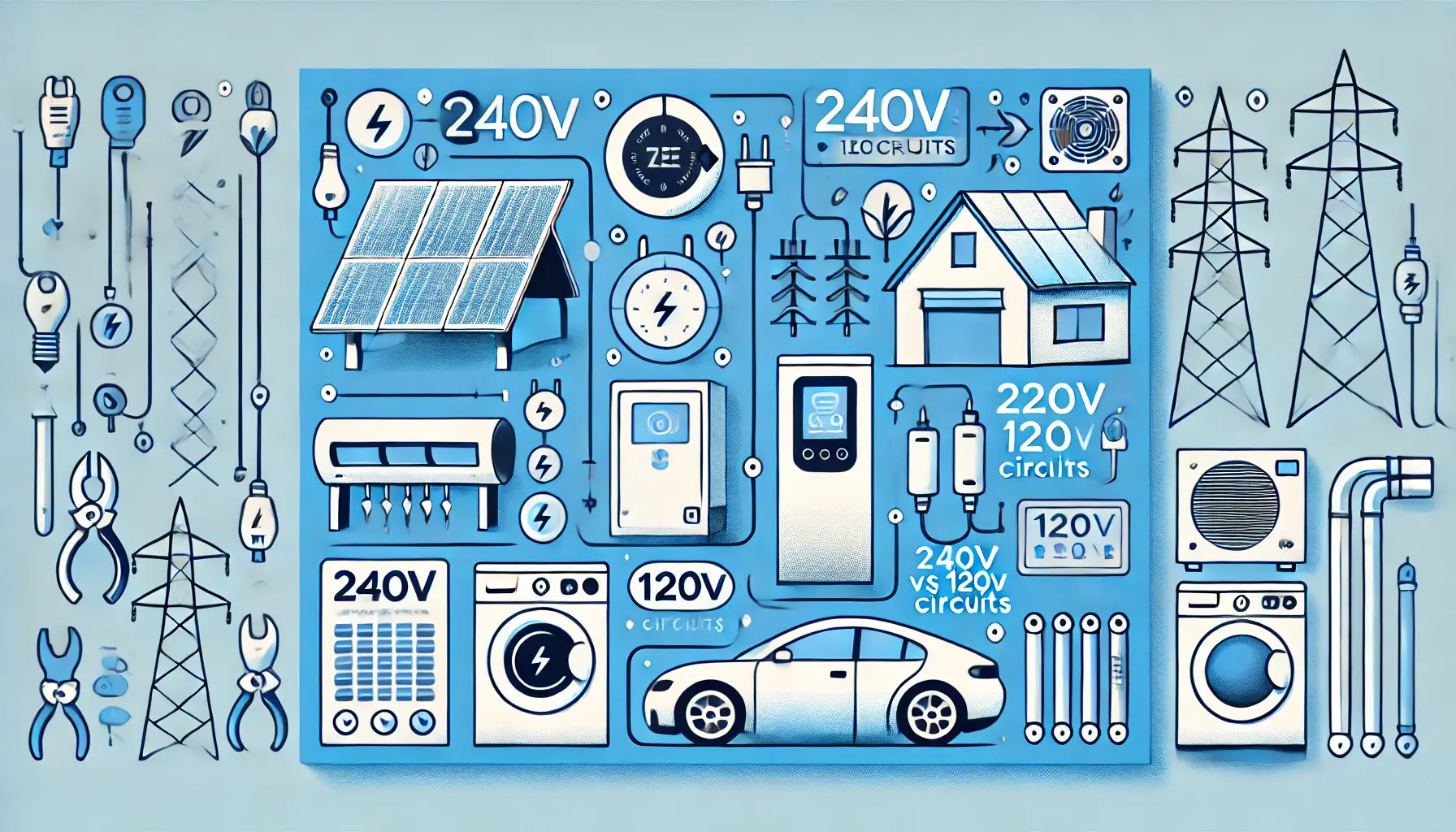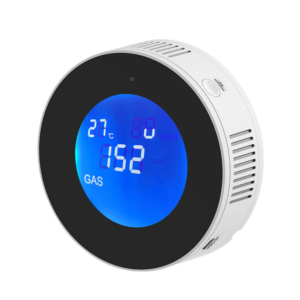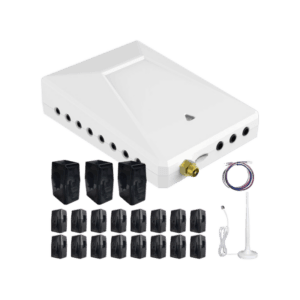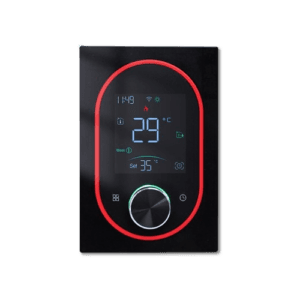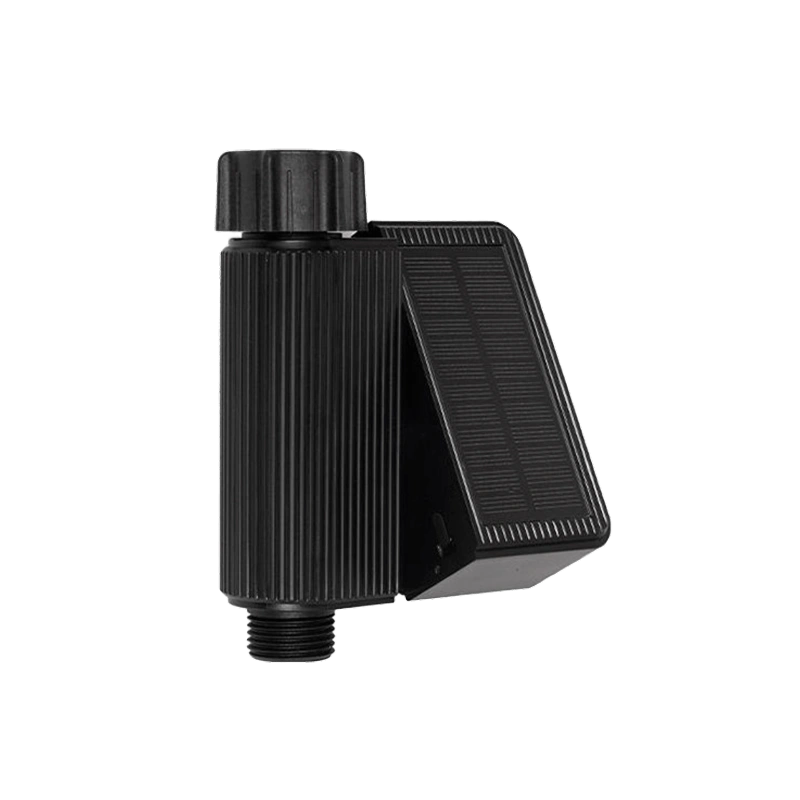In modern U.S. households, the electrical system is a complex network that ensures the smooth functioning of various appliances and devices. Understanding the differences between 240V and 120V circuits is crucial, especially when dealing with advanced systems like solar energy, storage batteries, electric vehicle (EV) chargers, heat pumps, and dryers. This blog aims to provide a detailed guide on how to safely and efficiently connect these systems within the framework of a typical U.S. home electrical setup.
1. Overview of U.S. Home Electrical Systems
120/240 Volt Single-Phase Split Power System
The backbone of most American homes' electrical systems is the 120/240V single-phase split power system. This system features two 120V hot wires and one neutral wire. When combined, the two 120V lines create a 240V circuit. This configuration allows homes to efficiently power both standard 120V appliances, like lights and small electronics, as well as more energy-intensive 240V devices, such as dryers and electric vehicle chargers.
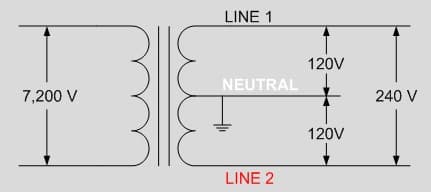
Common Uses of 240V and 120V Circuits in Homes
In a typical U.S. home, the 240V circuits are dedicated to appliances that require more power to operate, such as electric ovens, heat pumps, and EV chargers. On the other hand, 120V circuits are used for everyday devices and lighting. Understanding where and how these voltages are applied is essential for maintaining electrical safety and efficiency in the home.
The Importance of Grounding and Electrical Safety
Grounding is a fundamental aspect of any electrical system. It ensures that any excess electricity has a safe path to the ground, which prevents electric shocks and reduces the risk of electrical fires. Proper grounding is particularly important when installing systems that interact with both 120V and 240V circuits, such as solar inverters and battery storage systems.
2. Differences Between 120V and 240V Circuits and Their Applications
120V Circuits
The 120V circuit is the most common type found in U.S. homes. It’s typically used for lighting, small appliances, and standard power outlets. These circuits are generally safer and easier to work with, given their lower voltage, but they also carry less power. When wiring a 120V circuit, it’s crucial to follow the correct procedures, including proper wire sizing and ensuring that connections are secure to prevent overheating and electrical fires.
240V Circuits
In contrast, 240V circuits are designed to deliver more power, making them ideal for high-demand appliances like electric dryers, heat pumps, and EV chargers. These circuits require special attention during installation, including the use of appropriate breakers and wire gauges. Proper voltage management is key to ensuring that these circuits can safely and efficiently handle the electrical load without causing damage to the connected devices or the overall electrical system.
3. Connecting Solar Systems and Voltage Management
From Solar Panels to Inverter
Solar panels generate direct current (DC), which must be converted to alternating current (AC) to be used in a home’s electrical system. This conversion is handled by an inverter, which typically outputs 240V AC. The inverter is then connected to the home’s electrical grid, allowing the solar power to be used in real-time or stored in a battery system for later use. It’s essential to ensure that the inverter is properly wired and compatible with both the home’s electrical system and the local utility grid.
Grid-Tied Systems and Battery Storage
In a grid-tied solar system, the home remains connected to the local power grid, allowing excess solar energy to be fed back into the grid. This setup often includes a battery storage system that can store excess energy generated during the day for use at night or during power outages. Properly integrating these systems with the home’s 240V circuits is critical for efficient energy management and ensuring that the stored energy can be safely accessed when needed.
4. Wiring and Voltage Standards for Energy Storage Systems
Energy Storage Batteries
Battery storage systems are becoming increasingly popular in U.S. homes, especially those with solar panels. These batteries are typically connected to the home’s electrical system through the inverter and breaker panel. When wiring these systems, it’s crucial to ensure that the battery’s output voltage matches the home’s electrical requirements, usually 240V, to avoid damaging the inverter or other connected devices.
Application of Backup Power
During a power outage, a battery storage system can provide backup power to critical appliances. When integrating a backup power system with a home’s 240V circuits, careful consideration must be given to the power needs of each appliance and the overall capacity of the battery. It’s also important to ensure that the system is designed to prevent overloading any circuits, which could lead to electrical failures or even fires.
5. Installation and Connection of Electric Vehicle (EV) Chargers
Circuit Requirements for EV Chargers
Electric vehicles are becoming increasingly common, and with them comes the need for home charging solutions. Most EV chargers are designed to operate on 240V circuits, as this allows for faster and more efficient charging compared to 120V options. A typical Level 2 EV charger can deliver up to 30 miles of range per hour of charging, making it a practical solution for overnight charging at home.
When installing an EV charger, the first step is to ensure that the electrical panel has enough capacity to handle the additional load. This often requires the installation of a dedicated 240V circuit with a suitable breaker, typically ranging from 30 to 50 amps depending on the charger’s specifications. The wiring must be properly sized to handle the current, with a focus on minimizing voltage drop to ensure efficient power delivery to the charger.
Installation Location and Wiring Guidelines
Choosing the right location for the EV charger is crucial. Ideally, it should be installed close to where the vehicle is parked to minimize the length of the wiring run. Shorter runs not only reduce installation costs but also decrease the potential for voltage drop, which can affect charging efficiency.
When wiring the charger, it’s essential to follow the manufacturer’s guidelines and local electrical codes. This includes using the correct type of wire, ensuring that all connections are secure, and properly grounding the system to protect against electrical faults. In some cases, it may also be necessary to install a separate disconnect switch to allow the charger to be safely isolated from the electrical system for maintenance or in case of an emergency.
Ensuring Safe Grounding and Voltage Stability
Grounding is a critical aspect of any EV charger installation. A properly grounded system protects against electrical shock and helps ensure that the charger operates reliably. This is particularly important in areas with frequent thunderstorms or power surges, as these events can cause significant damage to ungrounded systems.
In addition to grounding, it’s important to ensure that the voltage supplied to the charger is stable. Fluctuations in voltage can cause the charger to operate inefficiently or even damage the vehicle’s battery. Installing a surge protector or voltage stabilizer can help protect both the charger and the vehicle from these issues, ensuring a safe and reliable charging experience.
6. Connecting Heat Pumps and Dryers
Wiring Heat Pumps in a 240V Circuit
Heat pumps are an energy-efficient way to heat and cool your home, and they typically require a 240V circuit to operate. When installing a heat pump, the wiring must be carefully planned to ensure that the system can handle the required electrical load without causing issues such as overheating or voltage drop.
The first step in wiring a heat pump is to determine the power requirements of the unit. This information can usually be found in the manufacturer’s documentation. Once the power requirements are known, the appropriate breaker and wire size can be selected. As with other 240V appliances, it’s important to ensure that the wiring is properly rated for the current it will carry and that all connections are secure.
Heat pumps often include both an indoor and an outdoor unit, each of which must be wired separately. The outdoor unit typically requires a dedicated 240V circuit, while the indoor unit may be wired to a 120V or 240V circuit depending on the system’s design. It’s also important to consider the placement of the units, as the distance between the indoor and outdoor units can affect the wiring requirements and overall system efficiency.
Voltage Management and Circuit Sharing Considerations
When connecting a heat pump to a 240V circuit, it’s important to consider how the system will interact with other high-power appliances on the same circuit. If the heat pump shares a circuit with another large appliance, such as a dryer or an EV charger, careful voltage management is required to prevent overloading the circuit.
One common approach is to install a load management system, which can automatically adjust the power supplied to each appliance based on demand. This ensures that the circuit is not overloaded and that each appliance operates efficiently without causing voltage drops or other issues. In some cases, it may be necessary to install additional circuits to ensure that each appliance has sufficient power.
Standard Wiring Methods for 240V Dryers
Dryers are one of the most common 240V appliances in U.S. homes. Like other high-power devices, they require a dedicated circuit to ensure safe and efficient operation. When wiring a dryer, it’s important to follow the manufacturer’s instructions and local electrical codes to ensure that the system is properly installed.
The wiring for a 240V dryer typically involves a four-wire configuration: two hot wires, one neutral wire, and one ground wire. The two hot wires provide the 240V power, while the neutral and ground wires ensure safety by providing a return path for any excess current. It’s important to use the correct gauge wire for the circuit, as undersized wire can overheat and cause a fire.
When connecting the dryer to the electrical system, it’s also important to ensure that the outlet is properly rated for the dryer’s power requirements. Most dryers require a 30-amp circuit, but some larger models may require more power. In addition, the dryer’s exhaust system must be properly vented to ensure that hot air is safely expelled from the home.
Ensuring Stability for High-Power Appliances
Dryers and other high-power appliances can place significant demands on a home’s electrical system. To ensure stability and prevent issues such as voltage drops or circuit overloads, it’s important to carefully plan the electrical layout and consider the power requirements of each appliance.
One way to ensure stability is to install a dedicated circuit for each high-power appliance. This reduces the risk of overloading the circuit and helps ensure that each appliance operates efficiently. In addition, it’s important to regularly inspect the wiring and connections to ensure that they remain in good condition and that there are no signs of wear or damage.
In summary, understanding the differences between 240V and 120V circuits is essential for safely and efficiently connecting solar systems, energy storage, EV chargers, heat pumps, and dryers in U.S. homes. Each of these systems has specific requirements that must be carefully considered during installation to ensure that they operate reliably and efficiently.
Proper voltage management and grounding are critical for ensuring the safety and stability of the electrical system, especially when dealing with high-power appliances. By following the guidelines outlined in this blog, homeowners can ensure that their electrical systems are properly configured to handle the demands of modern energy technologies.
